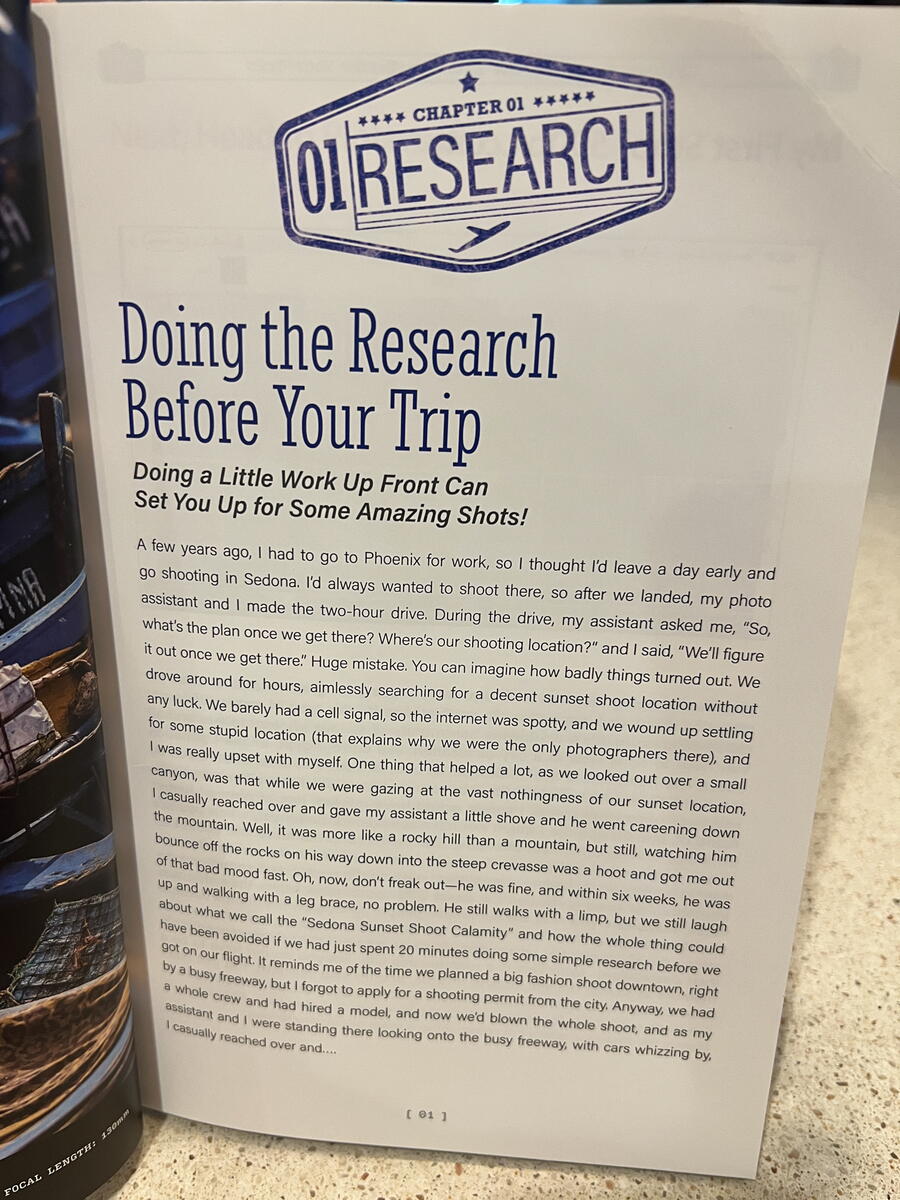Right now, with my travel advising business growing and writing/blogging taking over the rest of my work time, I’ve left my other interest, photography, on the wayside.
It’s made me a little sad. I love taking photos but learning both the art and the craft takes more time than I’ve given over the past few years. I truly wish I had the DSLR on my last cruise to Alaska.
Then there’s the logistics. Taking my old school Canon 60D DSLR camera was a packing challenge. Since I often don’t take my bulky photography backpack when I travel, I’ll simply put the camera in my suitcase, wrapped carefully in clothing and buffered by other items. Now that I have hard-shell luggage, I have an extra measure of protection.
But lately, I haven’t even taken the Canon with me. Both of my kids have borrowed it for school projects. And I often found that my iPhone 13 took equally good pictures, with some limitations, like lighting, composition, zoom capabilities and depth of field. So, I’ve come back to using my DSLR, because I simply can take better pictures with it. I’m taking it for my next trip when we go to Chicago next week.

Learning photography with a laugh
About two months ago, thanks to Rocky Nook Publishing, I received a copy of photographer Scott Kelby’s new release, “The Travel Photography Book” …and along with it, some much-needed travel photography inspiration. I have four of Kelby’s other books – the “Digital Photography Book” series, all of which have helped me to learn photography in a fun and entertaining way.
Kelby has an unmistakable sense of humor that characterizes all his books, and “The Travel Photography Book” was no exception. It’s comparable to having your funniest friend instructing you on how to take awesome travel pictures but with far more photographic expertise.
For instance, at the beginning of Chapter 7, entitled “Other Cool Stuff to Shoot,” he then writes underneath it: Well, That Headline Kind of Kills the Need for Me to Write a Subhead. Still Did, Though. That’s the kind of breezy comment you’ll get throughout the volume, which personally keeps me reading.

Bite-size learning
The book is divided into thirteen chapters, with one page devoted to an idea or concept of the overall chapter theme. I truly appreciated this “bite-size” approach to learning because I can then take that lesson and think about how to use it or put it into actual practice.
Like many overall photography books, Kelby details both the technical and creative aspects of the subject. Some of this, especially the former, has been featured in his other books. But this is minor complaint. “The Travel Photography Book” is likely meant to be a stand-alone volume, where you can get all the photo information you need in one source.
Admittedly, the one that I appreciated most that I don’t do nearly enough was Chapter 1 or doing research before you go. Too often, I will be spontaneous in my photos, taking anything that “looks good.” But reading this chapter helped me to understand that knowing what you’re going to shoot and doing the legwork can only make your photography better. Hopefully that will help me in future travel work.

Two other chapters I appreciated were “Travel Photography Tips & Tricks,” which included four techniques on how to remove tourists from your shots. The other is “Photo Recipes to Help You Get the Shot.” This has step-by-step directions on what to do for certain photo scenarios. Kelby gives you the gear, settings, techniques and post processing to get shots similar to what he has produced.
As I said before, this book couldn’t have arrived in a better time for me. I wanted to get back into DSLR photography when I’m traveling or just going about the town, and “The Travel Photography Book” is the best resource to do just that. I’m sure that if you’re into taking photos on your journeys, you’ll like it as well.
